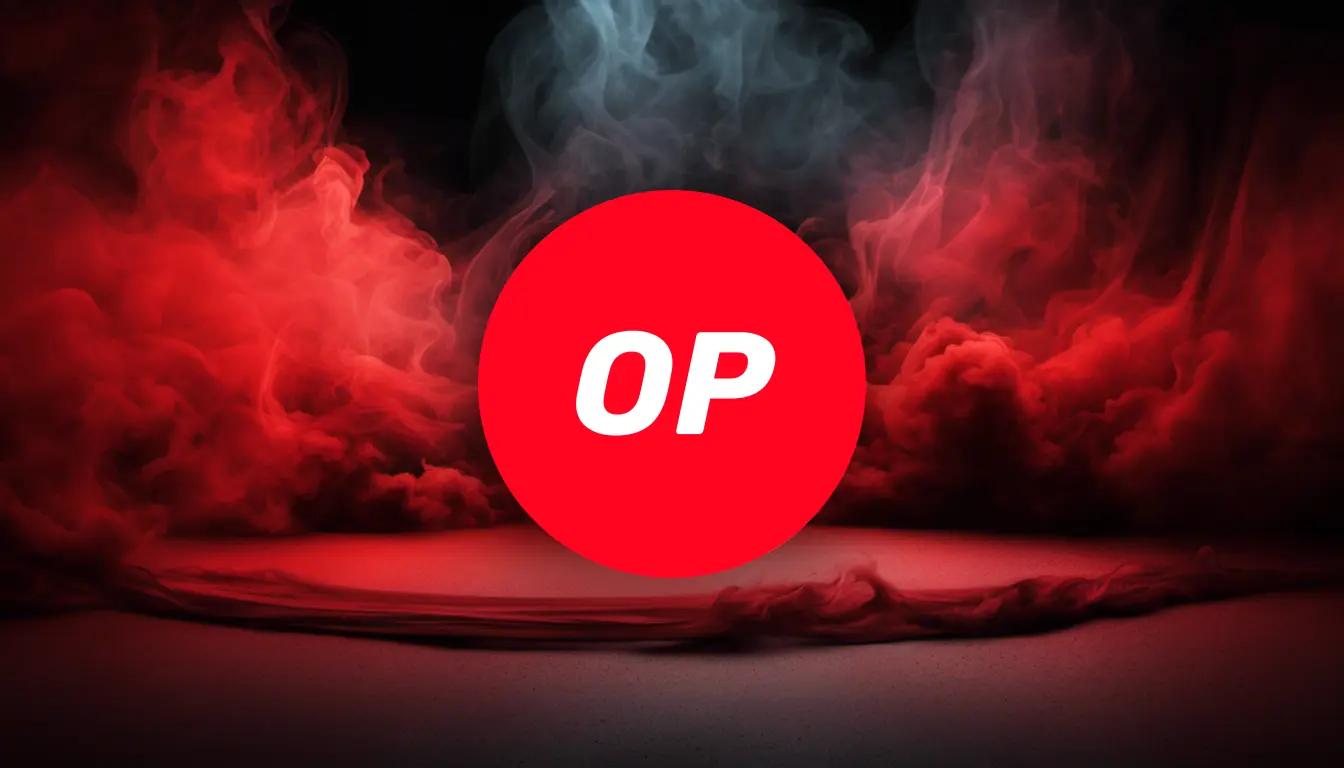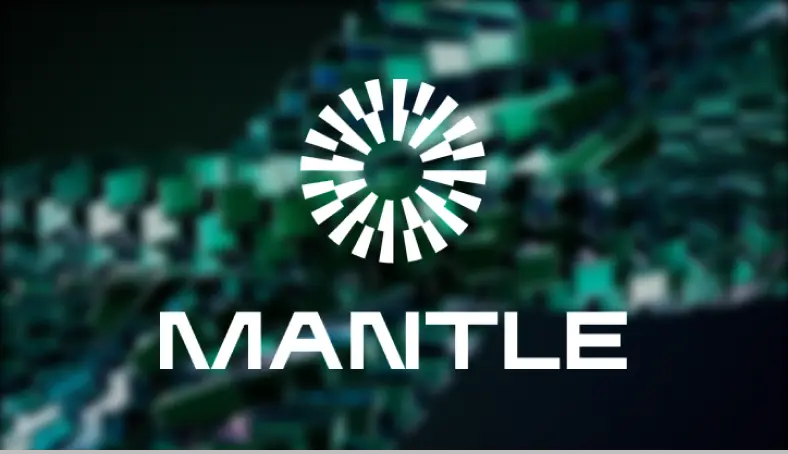Cryptocurrency has experienced a surge in popularity over the past few years, leading to the development of numerous decentralized applications (dApps) across a wide range of fields. This growth can be attributed to various factors, including past bull runs, the rise of non-fungible tokens, and the popularity of memecoins.
While this has been beneficial for the industry's growth and valuation, it has also highlighted some critical issues, particularly in terms of affordability, scalability, and accessibility. As a result, scalability has become an essential topic of discussion in the cryptocurrency community, leading to the emergence of projects like Optimism, one of the more popular Ethereum layer 2 solutions.
Optimism aims to address the underlying issues with the Ethereum network, with a particular focus on scaling. As the industry continues to grow, the need for effective layer 2 solutions will become increasingly imperative for its future growth.
What is Optimism?
Optimism is a layer 2 solution for Ethereum, designed to alleviate the transactional load on the main network. It uses optimistic rollup technology, a type of rollup that assumes transactions are valid by default and only runs computation through fraud-proof if there is a challenge.
What is a Rollup?
Rollups are a category of layer 2 solutions for Ethereum that can help increase transaction throughput. They perform transaction execution outside of layer 1, and then the data is posted to layer 1 where consensus is reached. This process reduces the load on the main network while also guaranteeing the broadcasted information uses Ethereum’s native security.
There are two main types of rollups: Zero-Knowledge (ZK) Rollups and Optimistic rollups. ZK Rollups run the computation off-chain and then submit proof of validity to the chain. Optimistic rollups, on the other hand, assume that transactions are valid by default and only run computation through fraud-proof if there is a challenge.
How Does Optimism Work?
Optimism is a blockchain that takes advantage of the security of the Ethereum Network. It uses a smart contract called Canonical Transaction Chain (CTC) to store all of its blocks. The CTC contains code that guarantees that the current list of blocks cannot be altered by newer transactions on Ethereum. The blocks on Optimism are stored within a specific list that is inside of the CTC, and it is append-only.
Block Production
The sequencer is the single party that manages block production on Optimism. It helps with the network by delivering instant transaction confirmations and state updates, constructing and executing layer-two blocks, and submitting user transactions to layer one. It has no mempool, which means that the transactions are accepted (or rejected) immediately. This happens in the order they are received. When someone sends a transaction, the sequencer will check if it’s valid (pays a sufficient fee) and apply it to the local state as a block that’s pending. These pending blocks are then batched and periodically submitted to the Ethereum network for finalization.
Block Execution
Optimism nodes download blocks directly from the CTC append-only contract. There are two primary components that make Optimism nodes. These are the Ethereum Data Indexer and the Optimism Client Software. The Ethereum Data Indexer is designed to reconstruct the optimism blockchain from blocks that are published to the CTC contract. It’s also called the data transport layer. The Optimism Client Software closely resembles Geth, which means that Optimism, overall, is very close in its design to Ethereum. This is also because Optimism shares the same Ethereum Virtual Machine (EVM), as well as the same account and state structure and the metering mechanism for gas and the fee schedule.
Fault Proofs
Using an Optimistic Rollup means that the state commitments are published to Ethereum’s network in a way that’s direct without requesting any proof of the validity of these commitments. Fault proofs are requested when a state commitment is challenged. If it’s challenged successfully, it would be then removed and eventually replaced by another one.
How to Bridge Assets Between Layers
Bridging assets between different layers is a crucial aspect of using layer 2 solutions such as Optimism. There are multiple ways to go about it, depending on the direction of the transfer.
To bridge assets from Ethereum to Optimism, users can use the official bridge provided on the Optimism website. This requires a Web3 wallet such as MetaMask. The user needs to select the network they want to bridge tokens from, which is a supported list of networks. After this, the user needs to confirm the amount and sign the transaction in their wallet.
For bridging assets from Optimism to Ethereum, users have two options: use a third-party bridge or use the official bridge. The official bridge takes seven days to complete the transfer. To use the official bridge, the user needs to click the arrow in between the value boxes, which will switch the transaction. If Optimism has not been added to MetaMask, this will be handled automatically. After this, the user needs to confirm the amount and sign the transaction.
You can also use BrainSwap, OGBRAIN’s native cross-chain swap that allows you to seamlessly swap between Optimism and Ethereum, among other blockchains while finding you the lowest fee and best bridge to do so!
It is important to note that there are also options to bridge from centralized exchanges, but these happen through providers that Optimism has simply linked to – meaning there’s no endorsement, and users should proceed with caution and after making thorough due diligence.
Governance: Optimism’s Model
The governance of the Optimism Collective is divided into two houses: the Token House and the Citizens’ House.
The Token House
The Token House is responsible for submitting and voting on various proposals. Members of the Token House can either vote directly or delegate their voting power to a third party. The Token House votes on proposals related to protocol upgrades, inflation adjustment, treasury appropriations, rights protection, and governance fund grants.
The launch of the OP token and the Token House marked the beginning of the governance of Optimism. OP was distributed to hundreds of thousands of addresses, who engaged in community-oriented behavior through the first airdrop.
The Citizens’ House
The Citizens’ House is an experimental attempt at a non-plutocratic governance model. It is responsible for retroactive public goods funding.
The OP token is at the core of the Citizens’ House. The Citizens’ House aims to reward users and build a sustainable future for Ethereum.
Introducing the OP Token
The OP token was launched via an airdrop that distributed 5% of the total supply to qualifying users, including DAO voters, Multi-Sig signers, Repeat Optimism users, and Gitrcoin donors. The team has made it clear that it plans to allocate a total of 19% of the supply for new airdrops
The overall tokenomics of OP are shown below
Total Supply 950 million
Airdrop Supply 214 million
Team Allocation 10%
Ecosystem Fund 10%
Treasury 6%
Future Airdrops 19%
Liquidity Mining 20%
Community Treasury 25%
Conclusion
Optimism has become one of the most popular Ethereum layer 2 solutions, with the Optimism Foundation releasing a proposal to upgrade the Optimism mainnet to Bedrock. The new generation of decentralized Rollup architecture developed by Optimism Labs is expected to provide a positive change for developers in the Optimism ecosystem.
As the battle between optimistic rollups and ZK-rollups continues, it will be interesting to monitor how the different L2 solutions fare in the coming years. Regardless of the outcome, it is clear that optimism plays a crucial role in the development of Ethereum scaling solutions.












